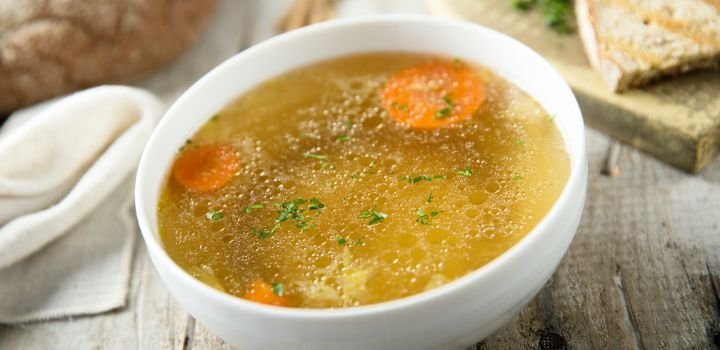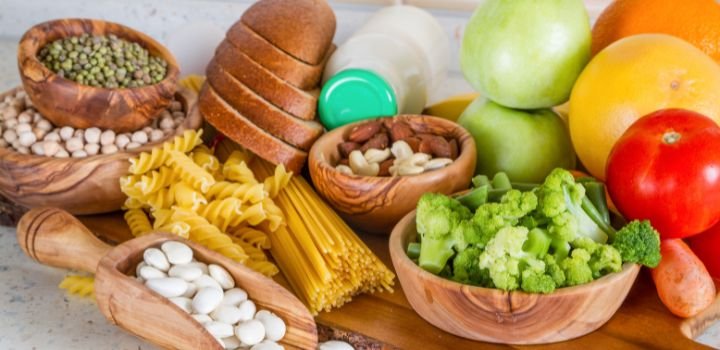효모 세포벽(YCW)의 구조가 그 기능을 결정한다는 것은 사실입니다. 다당류 성분은 식이 보충제가 곰팡이 독소와 병원성 박테리아의 흡수에 얼마나 도움이 되는지에 대한 책임이 있습니다., 이러한 박테리아의 억제 및 동물의 선천적 면역의 전반적인 향상.
YCW의 효능은 맥주 및 알코올 공정에서 추출된 폐기 효모의 불순물로 인해 크게 감소하므로 더 나은 기능을 위해서는 생산 공정에 주의가 필요합니다. 여기에는 세포벽 구조의 안정성을 보장하고 기능적 부위를 노출시키는 것이 포함됩니다.
배양 과정은 효모 세포벽 구조의 안정성을 보장하는 조건입니다.
성장을 위한 기질로 당밀을 효모에 공급하는 것을 순수 배양 효모라고도 합니다. 좋은 배양조건은 효모 세포벽 구조 더 완전하고 YCW의 만난과 베타 글루칸 함량이 더 높습니다.
이를 위해서는 효모 성장 과정에서 가장 적합한 글리코겐, pH 값, 산소 함량, 온도 및 시간을 선택하기 위해 배양 매개변수를 지속적으로 조정해야 합니다.
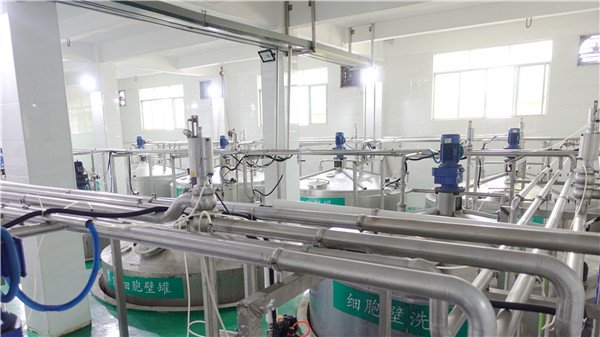
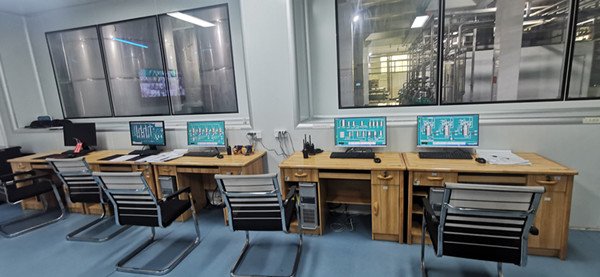
하이이스트 완전히 지능적인 디지털 생산 장비, 공정 전반에 걸쳐 수백 개의 중요한 제어 지점을 채택하고 효모 순수 배양 공정을 엄격하게 제어합니다. 그리고 CNAS 인증 테스트 센터를 통해 순수 배양 조건이 효모의 성장에 미치는 영향을 반복적으로 검증하여 효모 세포벽의 기능적 구조의 안정성을 보장합니다.


YCW 제조 – 자가분해와 효소 가수분해의 중요성
효모 자가분해 후 효모 세포벽이 추출될 수 있지만, 세포벽은 곰팡이 독소를 흡착하는 역할만 할 수 있으며 병원성 박테리아를 흡착하고 면역을 활성화하는 기능은 없습니다.
이때, 효모 세포벽에 있는 만난올리고당, 글루칸, 단백질을 추가로 분리하고 이들의 기능적, 구조적 부위를 노출시키기 위한 효소적 가수분해 과정이 필요합니다. 이런 방법으로만 동물의 몸이 사용될 수 있습니다.
하이이스트 다년간의 실습을 통해 일반 효소가수분해를 방향성 효소가수분해로 업그레이드 하였습니다. 방향성 효소 가수분해의 중요성은 세포벽 다당류의 기능적 구조를 파괴하지 않는다는 것입니다. 다양한 다당류가 분리되어 각각의 역할을 수행할 수 있습니다.

가용성 YCW 제품은 효소 가수분해의 결과입니다.
그만큼 가수분해 효모 세포벽 일반적인 효모 세포벽과 비교한 2세대 제품입니다. 가수분해된 효모 세포벽은 가수분해를 거치고, 효모 세포벽의 만난과 단백질 부분은 물에 용해되도록 방출됩니다. 일반적인 효모 세포벽에 비해 만난과 마이코톡신 사이의 접촉 영역이 훨씬 더 넓습니다.
Virto에서 가수분해물 세포벽 성능 데이터를 참조하십시오.
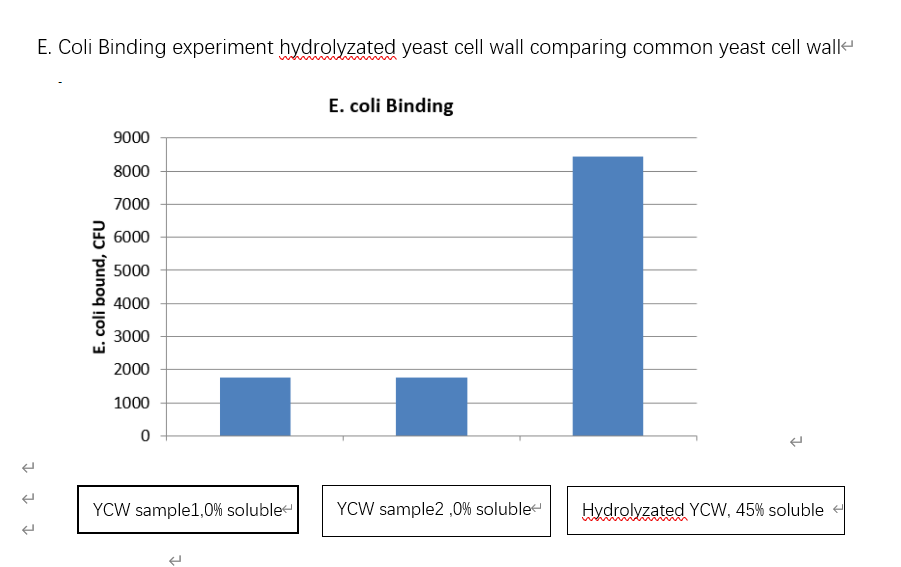

그리고 동시에, 효모 베타글루칸 또한 자유 상태로 릴리스됩니다. 유리 상태는 효모 세포의 효모 베타 글루칸이 더 이상 단백질과 결합하지 않지만 여전히 용해되지 않음을 의미합니다.
면역 파벌은 효모 세포벽보다 훨씬 좋습니다. 일반적인 효모 세포벽에서 단백질은 효모 베타 글루칸과 동물 장내 수용체의 결합을 차단하므로 효모 베타 글루칸이 기능하게 됩니다.
Hiyeast 가수분해 효모 세포벽에 대해 자세히 알아보려면 당사를 방문하세요. 웹사이트, 또는 제품 페이지.
후처리 공정으로 과잉 단백질 및 불순물 제거에 도움
효모 세포벽 제품의 단백질 함량이 높으면 만노스 올리고당과 베타-글루칸 함량이 낮아져 효모 세포벽의 사용이 부적절해집니다. 또한, 폐기된 맥주 효모 머드에서 생성된 효모 세포벽 제품의 단백질 함량은 상대적으로 높습니다.
효모 세포는 벽을 깨는 효소분해를 거치며, 세포 내 대부분의 단백질과 핵산은 효소에 의해 가수분해되어 수용성 소분자 단백질과 핵산으로 분해됩니다. 원심분리기는 가용성 단백질과 핵산으로부터 효모 세포벽을 분리합니다. 단백질과 핵산이 분리된 후, 얻은 세포벽 생성물의 조단백질 함량이 크게 감소합니다.
수많은 공정 및 샘플 테스트 결과를 통해 우리는 효모 세포벽 제품의 조단백질 함량과 효모 벽 파괴 정도 사이의 관계가 다음과 같다는 결론을 내렸습니다.
- 벽이 깨지지 않은 효모 세포벽의 조단백질 함량은 40% 이상이며 이는 효모 분말과 유사합니다.
- 세포벽이 완전히 파괴되지 않은 경우 조단백질 함량은 30~40%입니다. 기능적 구성 요소가 완전히 노출되지 않았습니다.
- 세포벽이 완전히 파괴되면 조단백질 함량은 30% 이하가 되고 기능성 성분은 완전히 노출됩니다.
건조 과정은 세포벽 다당류의 활성과 분산성에 영향을 미칩니다
건조 과정에 따라 세포벽의 다당류 성분이 분해되거나 손실될 수 있습니다. YCW가 최적으로 기능하려면 이 프로세스를 주의 깊게 사용하는 것이 중요합니다.

분무 건조 또는 롤 건조 공정을 사용하는 것이 가장 좋습니다. 이는 효모 세포벽에서 물을 제거하는 더 부드러운 방법이기 때문입니다. 건조 과정에서 다당류가 손상되지 않도록 다당류의 구조를 유지하는 것이 중요합니다. 이는 장에서 마이코톡신과 병원성 박테리아의 적절한 흡수를 보장합니다.
YCW의 부적절한 제조 방법으로 인해 곰팡이 독소 및 병원성 박테리아를 흡착할 때 효능 수준이 감소할 수 있습니다. 분무 건조 또는 롤 건조 공정을 사용하는 것이 가장 좋습니다. 그러면 다당류가 수분 제거에 덜 영향을 받고 더 효과적으로 기능합니다.
결론
영향을 미치는 요인 효모 세포벽의 효능 또한 원료의 출처, 균주, 첨가량도 포함됩니다. 이러한 요소의 양은 다음과 같습니다. 제조 공정은 YCW의 효능을 결정하는 데 중요한 역할을 합니다. 동시에 제품 업그레이드 및 반복은 생산 프로세스와 밀접한 관련이 있습니다.




